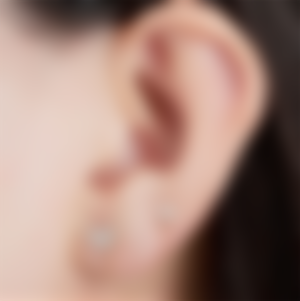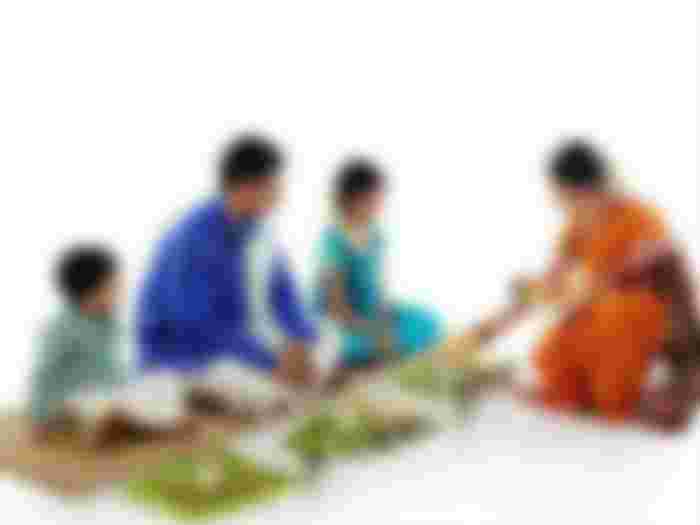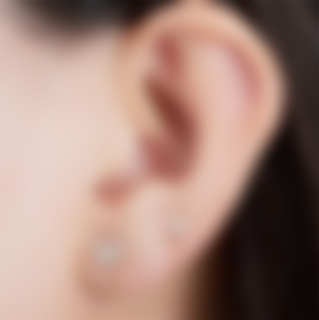‘Namaskar’ is greeting another person on meeting. It is done by folding the hands and joining the palms of both the hands in front of the chest. It is an age old tradition and still followed in India. It is akin to shaking hands by the Christians and bowing down by the Buddhist. Joining he tips of the fingers is said to activate pressure points of mind, eyes and ears which helps in remembering the person. Also, as there is no contact with the person therefore there of no chance of spread of germs from one person to another.

Traditional Indian women wore ‘toe rings’ on the second toe after marriage. The toe rings were made of silver. It is said that a nerve goes from the second toe to the uterus and further till the heart. So the toe ring massages that nerve and makes the uterus stronger and also increases blood flow in the uterus and menstrual cycle is regularized. Also silver is considered a good conductor and therefore it helps the body absorb the energies from the earth.

Throwing coins in rivers is considered to bring good luck in India. But the original purpose of this tradition was different. Water sources were sacred as it was required for all our daily activities like drinking, washing clothes and bathing. Unlike now a day’s coins in earlier times were made of copper. Copper served two purposes, it is an important mineral ingredient required by the body so by throwing coins it was ensured that people had sufficient intake of copper in the diet. Secondly copper helped in cleaning the surface water by helping in pulling the dust and other impurities to the bottom on the water body thereby ensuring the top surface of the water was clean for drinking and other purposes.

Applying ‘Kumkum’ on forehead by women and ‘tilak’ by men. Kumkum or tilak is applied in the center of the forehead and between the eyebrows. The place between the center of the eyebrow is considered a major nerve center and energy center in India, it is also considered the location of the third eye (seat of consciousness). Applying Kumkum or tilak ensured that the energy is retained within the body and increase concentration. The center of the eyebrow is a major location of the 7 Kundalini chakras. Red Kumkum applied by women also increased blood flow in the face thereby increasing the glow of the face.

Bells in temples. Every Indian temple has a bell hanging on the entrance. In ancient times there were a lot of wild animals, so while entering the temple ringing the bell scared away any nearby animals. The sound of the bell also cleared the mind of all outside thoughts and helped in concentrate on the purpose of visiting the temple. The peculiar sound created by the bell lasts for 7 seconds in echo mode and helps in activating the 7 spiritual chakras in our body and also balance the left and right side of the brain. So we are able to get rid of any negative thoughts and concentrate on the supreme power.

Indian tradition entails to start our eating with spicy food and end with sweets. Spicy food in the beginning activates the digestive juices faster and enhances the digestion process leading to better digestion. Sweet involves sugar intake and it pulls down the digestive process, also the last taste on our taste buds is sweet which gives a feeling of satisfaction.

Applying Mehndi/Henna during marriage ceremony by bride. Indian marriages are a stressful function which involves many functions spread across 3 days. The bride has to participate in all these functions and is stressful for the bride. Mehndi is a medicinal plant which helps in cooling the body and prevents the nerves from getting tensed. So applying it on the hands and feet reduce stress, keeps the body cool and the nerves relaxed thus helping the bride to tide over those stressful 3 days of marriage. Traditionally also other than marriage mehndi is used by females for all functions and also used in cases of fever. The deep green color of mehndi also enhances the beauty of the bride.

Eating while sitting on the floor. Though in present times having food while sitting on dining table has become the norm but Indian tradition suggests sitting on the floor and eating food. One has to sit cross legged on the floor which also a yoga pose is called sukhasana. This position signals the brain to prepare the stomach for digestion. Also the slight bending forward while taking the food activates the stomach and helps in the release of digestive juices. The pose in itself lumber ups your leg muscles and keeps them flexible. It is expected that while getting up from this pose you should not take the help of your hands.

Not to sleep with head towards the north. It invites ghosts and death, that's what the myth says. But the actual reason as per Indian tradition is that our body has iron in our blood which creates its own magnetic field. Earth also has its own magnetic field. When sleeping with head towards north causes an asymmetry with the earth’s magnetic field and may lead to blood pressure as our heart needs to work harder to pump the blood. Also the iron of the body starts to accumulate in the brain which may cause headache and other diseases of the mind like Alzheimer’s, Parkinson’s and cognitive disabilities.

Ear piercing is a common practice among Indian females mainly but is also done by males. According to Ayurveda the center of the earlobe is an important location for the reproductive health and piercing it activates it. It also helps menstrual cycle. Two important acupressure points are there in the ear lobe – the master sensorial and master cerebral points. Piercing helps keeping them activated and it helps in the hearing ability. The ear lobes also connect the left and right hemisphere of the brains, thus helping in brain development. Stimulation of ear lobes is also said to be related to improving digestion and sperm production, that’s why it is done compulsorily for men in some Indian communities.

These traditions followed in India are thousands of years old and are still followed though the purpose may have changed. Piercing of ears is more for earrings meant for beauty and fashion, mehndi is more for beauty, throwing coins in rivers is useless now as now coins are made of other metals, in the concrete jungles people now don't care which direction there head is, eating while sitting on floor is now only on special occasions.
It is to be remembered that these scientific reasons are based on studies done by ancient learned people thousands of years ago. So comparing it with todays science will be futile. But it is also true that the present day scientific community has started taking note of ancient scientific knowledge and wisdom.










Thank you Telesfor sir.